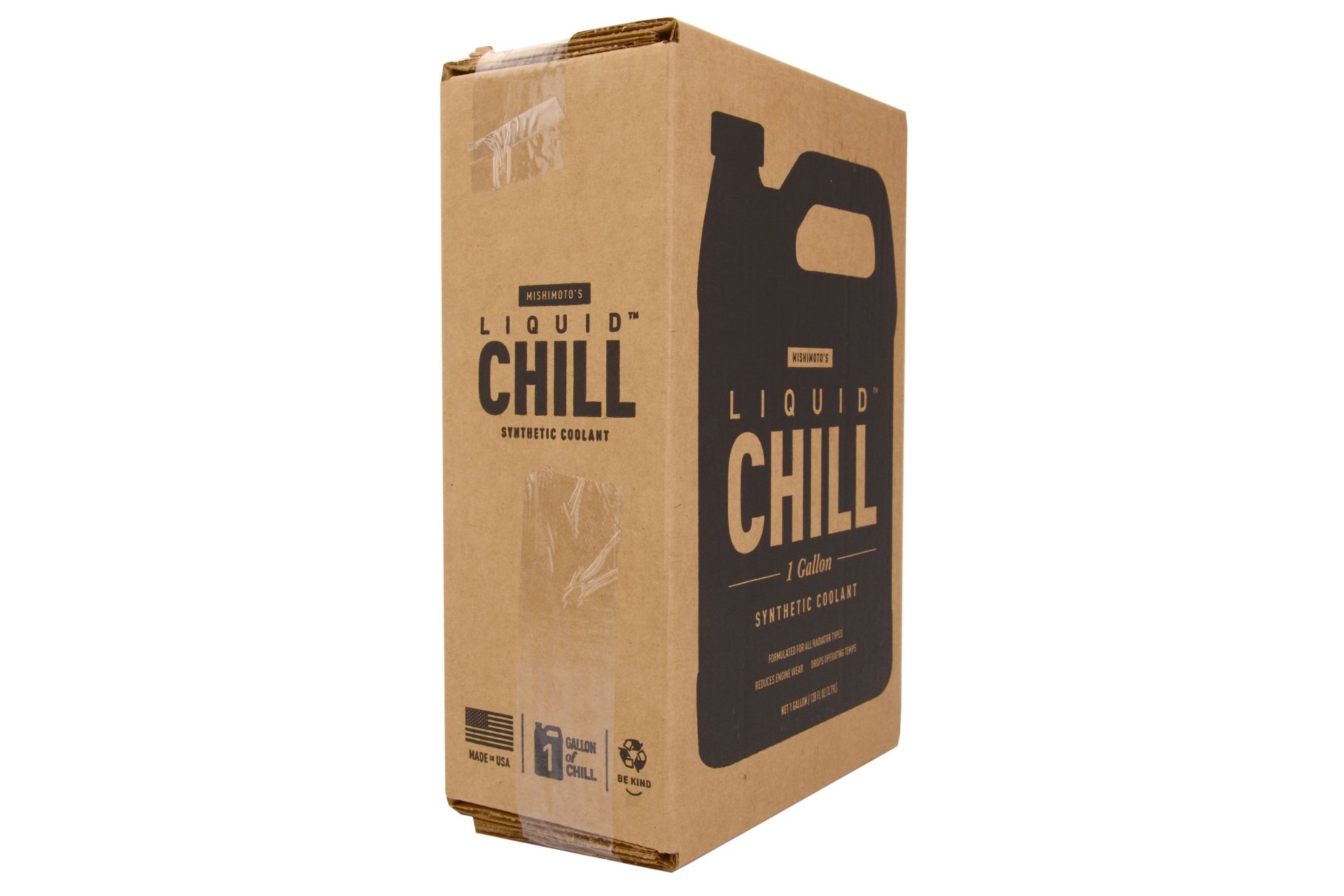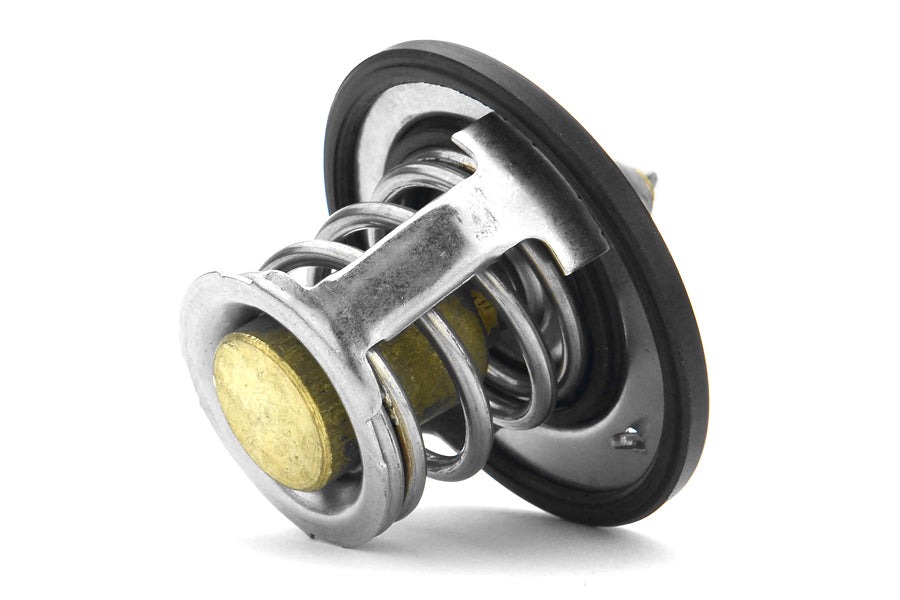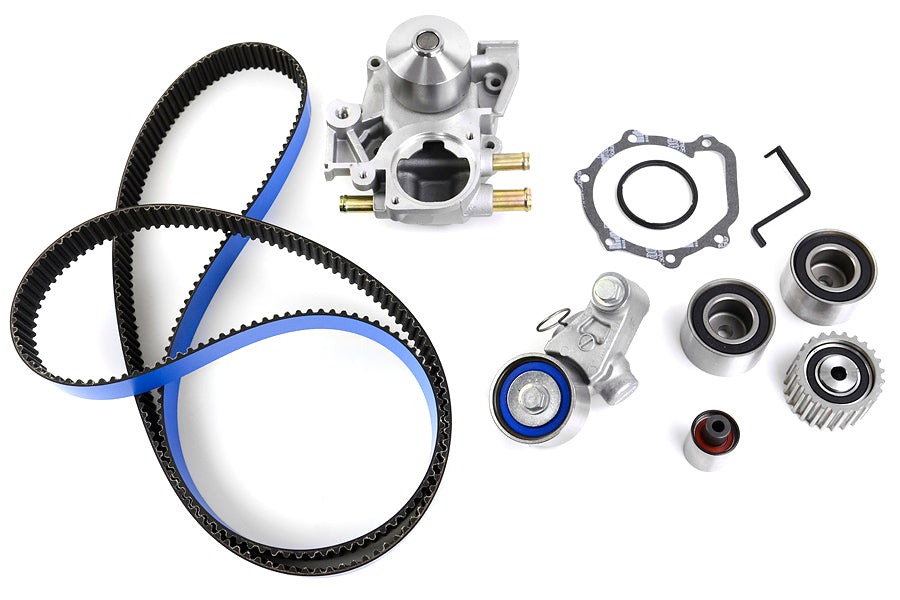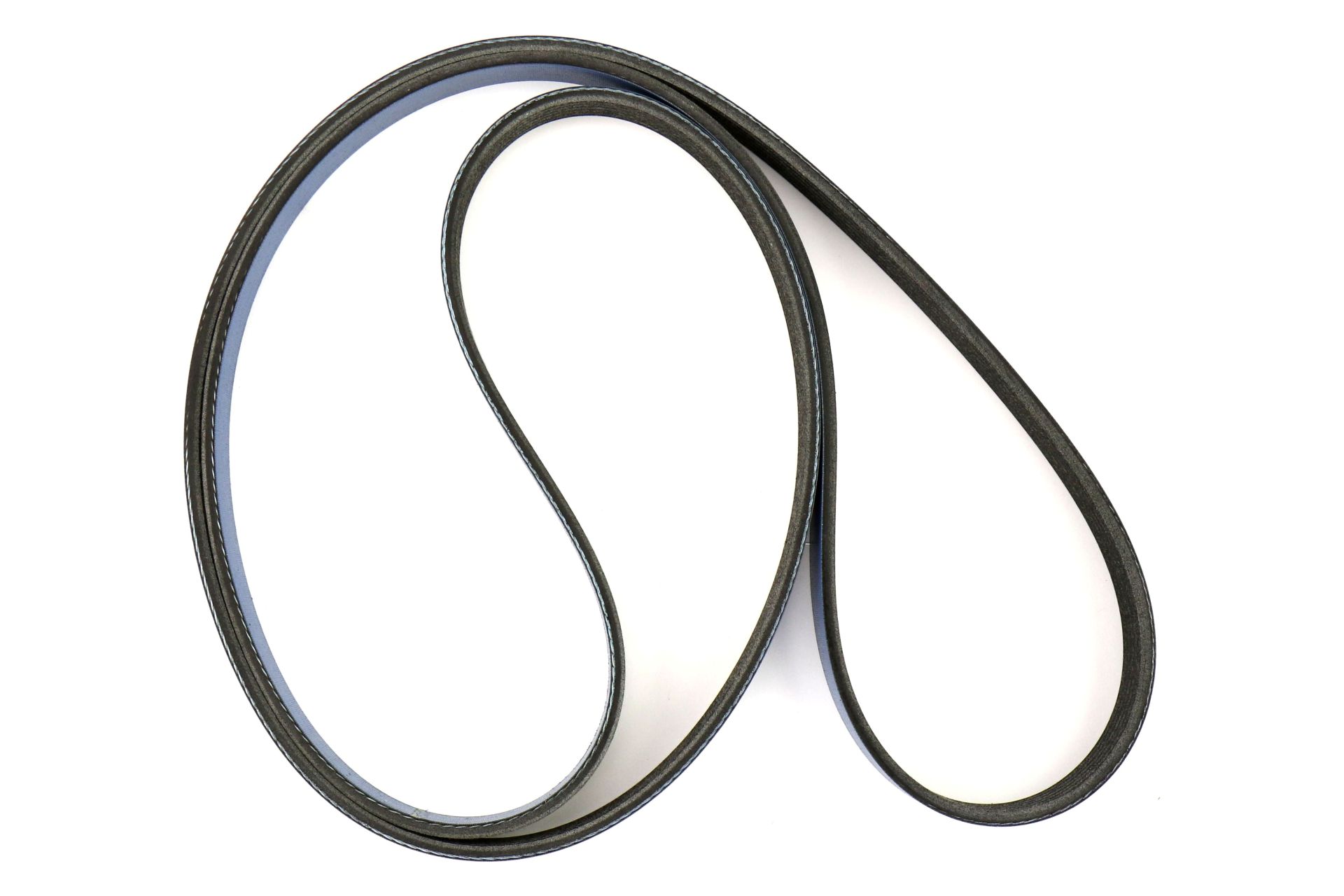HOW TO MAKE YOUR MODDED OR PRE-OWNED SUBARU LAST
20 JAN 2025 - Jeff Willis
Now there are many of us seasoned modded car owners out there. But what defines seasoned as an enthusiast? There are many of us who bought a bone stock platform, upgraded it in stages and enjoyed the car until we blew it up. Then there are those with deep pockets who bought a vehicle, sent it off to a shop to have a full build done, then blew it up shortly after. What do all of us have in common? We stuck through it, fixed our cars, and got them on the road with a wiser right foot. Because many will buy a WRX or STI, and drive it hard irresponsibly, then blow the motor or cause a significant break only to blame the car rather than looking inward.
Modifying cars whether it be a Subaru, or anything else that has aftermarket support obviously makes these cars more enjoyable to drive. We crave the boost, the blow-off valve noises and the entire visceral experience is addicting. But like all things addicting, the key is to do things in moderation as they say. To enjoy these cars in sanctioned driving events or on a spirited canyon drive can be done on a regular basis with understanding many limits that include your vehicle’s power, your driving abilities, and most importantly, how well you maintain your Subaru. Because neglect will accelerate wear-and-tear on your Subaru as opposed to driving the car too hard.
CHILL OUT ON THE HOONING
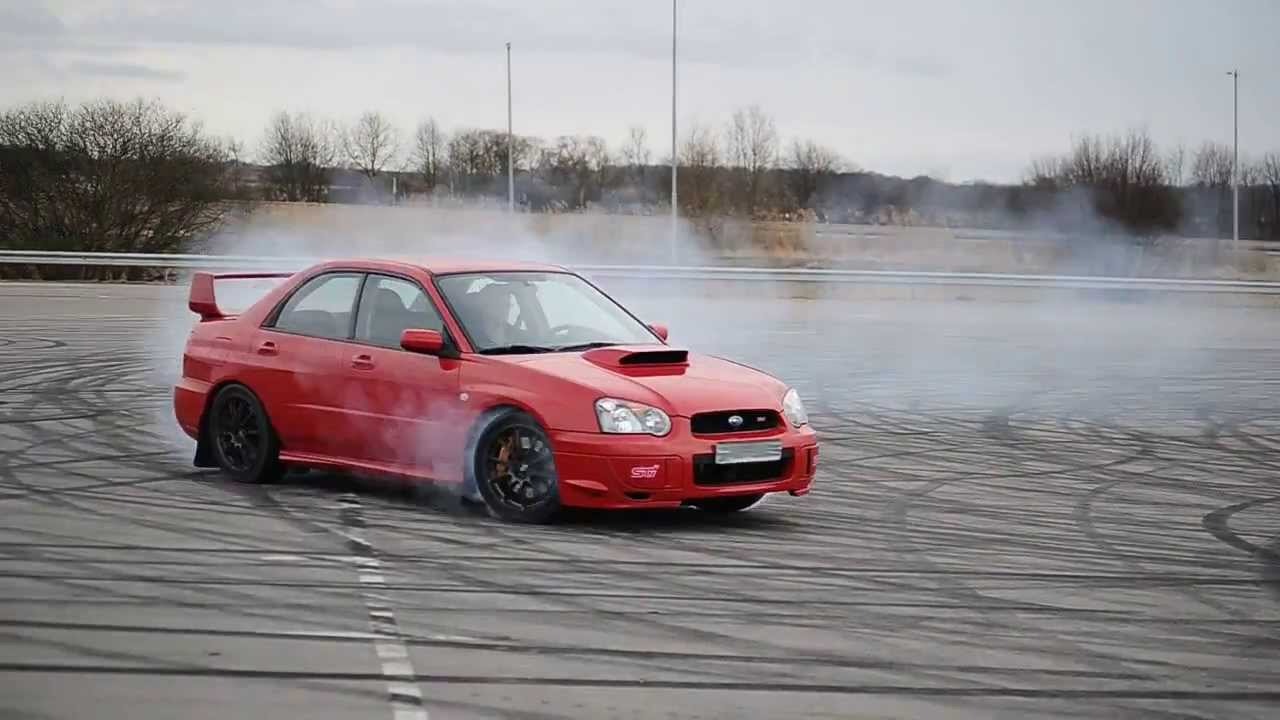
Meaning, take it easy. If you’re a new owner to a Subaru WRX, STI, or other models with some performance mods, don’t drive recklessly. Look burble tunes are fun, doing donuts at your local church parking lot after fresh snow is fun. Trying to shoot flames out of the exhaust will get the broccoli boys screaming at your local car meet. And AWD launches feel pretty awesome as long as your clutch hasn’t cooked itself yet. But all these activities cannot be done repeatedly without consequences. At least not at the cost of your motor or transmission. And this is more for the younger crowd or new owners who are not familiar with said consequences. The main point of the article is to prevent one of those “you gonna learn today” moments that many of us have experienced at the expense of our bank accounts. We want you to enjoy your Subarus for as long as possible but remember that not all used Subarus are not treated equally. For those of you on the market for a pre-owned unit, many examples belonged to those who had a little too much fun and want to put lipstick on a pig by selling a Subaru with an underbelly of issues to an inexperienced and unsuspecting novice enthusiast a bag of problems waiting to happen.
SO, WHAT ARE WE NOT SUPPOSED TO HAVE FUN WITH OUR SUBARUS THEN BOOMER?
Oh, have fun to your heart’s content. But let’s talk about what can happen when we spend too much time doing our most favorite nefarious activities shall we?
- PARKING LOT DONUTS: Remember, Subaru’s have a horizontally opposed engine layout. If you spend too much time doing donuts where your engine is staying at redline, the oil will shift to one bank of the engine, starving the other bank of oil. Your engine’s main bearings and rod bearings will create friction without proper lubrication, then your rods will eventually leave the chat by exiting your oil pan.
- EXCESSIVE ANTI-LAG/ 2-STEPPING /ANNOYING BACKFIRING: Ever see that Southpark episode of the Harley biker gang? Where they make excessive noise for attention, looking around to make sure everyone is starring at them? Same concept. No one thinks you’re cool except the high school broccoli boys who get their perms done at their local Sport Cuts. From the technical side of things, flames happen because you have unburned raw fuel collects in the exhaust that will ignite during deceleration. And anti-lagging happens when you go full throttle to build peak boost and the ignition cuts at the peak RPM your tuner has the settings locked in. The problem is that 2-stepping, anti-lagging, and whatever it is you do to get those hot boi flames cause your exhaust valves to get red hot. When you see a Supra, or a turbo Lambo or R8 shoot flames and you see tiny sparks coming out with those flames, those tiny sparks are pieces of the exhaust wheel breaking off the turbocharger, or those are pieces of exhaust valves exiting the exhaust. So inevitably, you will need to replace your turbocharger because of a chewed-up exhaust wheel, or you need to get new exhaust valves because you will lose compression in the motor.
- LACK OF MAINTENANCE AND LACK OF PROPER MODS: Subarus have oiling issues. From oiling consumption to oil contamination. The WRX and STI are 4-cylinder turbocharged platforms so naturally they will consume a little oil. But if you don’t have a proper aftermarket AIR/OIL SEPARATOR will be a problem. Oil mist and vapors will travel pass the Subaru’s OEM PCV (positive crankcase ventilation) system and will enter the intake manifold. Coating your intake valves with carbon and coating the tops of your pistons with oil as well. This will lower the octane rating of your fuel because you can’t get a proper combustion in the cylinders which causes detonation issues. Detonation overheats the cylinders and will cause premature piston damage by chipping away at the edges of the piston that can cause ring land failure which is also a prevalent problem in Subarus. Change your oil using fully synthetic formulas only, make sure you use the correct heat-range spark plugs and change them out every 10k miles just to make sure you’ve got a healthy spark (yes we know you can go longer than that in terms of mileage).
LET YOUR MOTOR PROPERLY WARM UP
And we are fully aware about Greta Thunberg watching us from the sky with daggers coming out of her eyeballs, and we are not recommending that you start your car to let it idle 10 minutes before going to work. One of the dumbest things you can do is start your car up when the motor is cold, then start revving the engine before the oil even has time to make proper pressure. The colder the oil the thicker it will be obviously. But cold oil is harder to travel through the bearings, through all the passages and through all of the oil lines until it becomes warm enough to thin out. This is why it is imperative to change the oil in your Subaru every 3k miles with fully synthetic formulas because fully synthetic oil is much slicker than conventional oils, and fully synthetic always offers better lubrication. If you cannot let your Subaru warm up for a few minutes before driving then the best method to let your engine warm up is to drive the car gently until you reach normal operating temps before getting on boost. And don’t be getting on that turbo when the engine is cold because you won’t have proper lubrication going through the oil feed line going into the turbo.
TAKE THE EXTRA MEASURES WITH MAINTENANCE
Oil Drain Plugs
Oil
Oil Filters
We discuss the importance of oil changes in this article because making sure that you change your oil every 3k miles flushes out the dirty oil. How does oil get dirty? There are many factors to look at here. You have small amounts of fuel that naturally gets into your oil from cold starts as more fuel dumps into the cylinder then gets burned off when your oil and engine reach normal operating temps. You have oil vapors that can travel back into the oil pan. But most importantly you have metal-to-metal contact between your crankshaft, connecting rods, and pistons so naturally you’ll have metallic elements floating in your oil. Now your oil filter will catch anything significant but taking the extra measure by getting a magnetic oil drain plug will further trap those metallic elements to maximize your oil’s lubricating efficiency.
NOT JUST OIL, BUT WITH ALL FLUIDS TOO
Your coolant needs to be flushed out every 40k miles on the average car. Because like most engines, there is a mixture between coolant and water in your system. So naturally, mineral deposits, and even rust depending on where you live can build throughout your engine’s water passages through your block, heads, water pump, and coolant lines. Flushing out your cooling system means that you open up your drain valve at the bottom of your radiator. Then when the coolant is drained, disconnect your lower radiator hose and run a garden hose through your upper coolant tank so that the water can push out any debris that the older antifreeze had created. When finished, now is the time to think about upgrading to SILICONE COOLANT HOSES, but at the least you can replace the thermostat, and replace the radiator cap with a fresh unit that has a new seal and spring operation. Click below for coolant, caps, and thermostats:
Coolants
Radiator Caps
Thermostats
Don’t skip on your transmission fluid too. Remember these are metal gears that work together and need proper lubrication for friction protection. Changing the transmission fluid in your manual WRX or STI can also create a smoother shifting operation. Now transmission oil change intervals can be spread in longer periods of time especially if you have an automatic WRX, but if you bought a pre-owned unit and want to change the fluid for your own personal records and driving confidence, we have a great selection:
Transmission Fluids
AND FOR GOSH SHAKES DON’T YOU OVERLOOK YOUR BELTS – TIMING BELT SPECIFICALLY
Subaru engines are interference. Meaning that if your timing belt should happen to snap, your pistons are going to contact your valves. At minimum, your engine must come out and the heads need to be removed and sent to your local machine shop where they must clean the heads, deck the heads for a good mating surface, then they need to install new valves and make sure they don’t leak. But then they go back to your mechanic where they must inspect the tops of your pistons for any damage. Sometimes valves will punch a hole to your piston tops, and you need a complete rebuild. If not, you still have to install new head gaskets in the process and pay the labor of putting everything back together while bleeding out the coolant system.
Or you can just be responsible and make sure get your timing belt done at Subaru’s recommended mileage and don’t exceed that mileage interval which can cost you thousands of dollars.
Timing Belts/Kits
Your accessory belts are important to replace as well as they operate key engine functions such as power because they operate your alternator. They operate your power steering, and they operate your cooling by moving the timing belt as well. Now these are much easier for your mechanic or you to replace as accessory belts require loosening or taking tension off an idler pulley, then feeding it around parts. Yet because they are continuously rotating rubber belts exposed to the elements, they are more susceptible to wear and tear. You can easily inspect these in the engine bay, and if you see any visible cracks, or if you have excessive squeaking, then it’s a good time to get them replaced.
Accessory Belts
In conclusion, what it boils down to is don’t be too hard on your car and stay on top of maintenance. That’ all you really need to do and that applies across the board with Subarus with mild bolt-ons or even purpose-built race cars that need more attention. However, race car owners know exactly what to do with maintenance, their tunes, and what keeps their cars on the track and running at full potential. But for the everyday owner, don’t push your car’s limits too hard unless you’ve got deep pockets and can afford to allow your car to be at the repair shop for a month. Know your limits and have fun in moderation with an equal level of responsibility.



